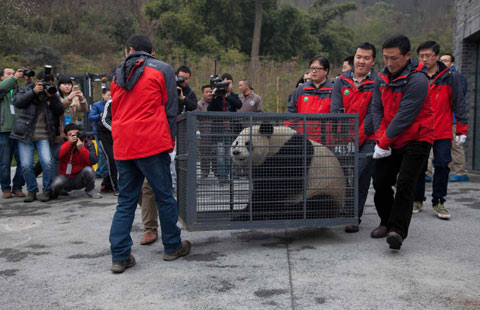Great Wall graffiti gets free hand
Updated: 2014-03-04 03:40
By Jin Haixing (China Daily)
|
||||||||
Area in famous section set aside so tourists can leave their mark
Mutianyu, a famous section of the Great Wall, now has a designated area for graffiti to better protect it after media reported that many foreign tourists left their words on the old buildings.
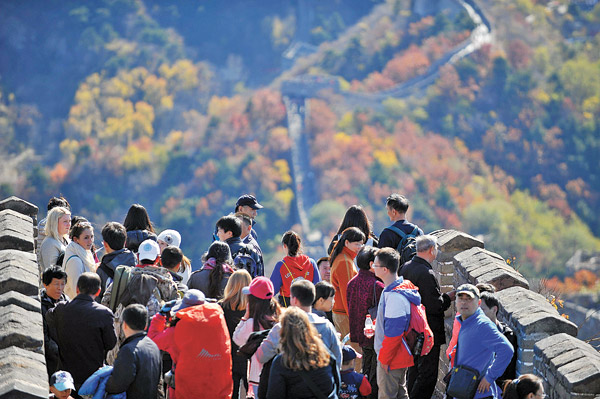 |
|
Visitors take in the sights at Mutianyu, a famous section of the Great Wall. A special area of the wall has been established for graffiti to better protect the heritage site after media reported that many foreign tourists had carved words on the old buildings. Photo by Chen Yehua / Xinhua |
Mutianyu, one of the best-preserved parts of the Great Wall, is located in Huairou district, 70 km northeast of central Beijing.
This section of the Great Wall has frequently been the target of graffiti in English and other languages, according to a statement from the district's publicity department on Sunday.
In fact, more foreign languages appear than Chinese, a report published by Beijing Evening News said on Friday. The No 5 Fighting Tower building is a popular spot for leaving graffiti, with most of it in English, the report said.
For many foreign tourists, Mutianyu is their first choice for seeing the Great Wall in Beijing.
As a key national cultural relics site, Mutianyu attracts many tourists every year, with 40 percent from foreign countries, according to the publicity department.
For years, the administration office of Mutianyu had arranged routine patrol teams to discourage tourists from graffiti writing. Anti-graffiti placards were also added.
Meanwhile, the cultural relics protection department was ordered to restore the defaced buildings.
Yet graffiti has remained a problem in Mutianyu, administrators said.
To solve it, they established a free graffiti zone for tourists in the No 14 Fighting Tower building. "As many tourists like to carve words on buildings, we will develop the graffiti writing area as a new scenic spot of Mutianyu," said a director of the administration office.
The office said it plans to set up two more areas, in fighting towers No 5 and No 10 for tourists to carve or write their names in the future.
An electronic graffiti board is also being considered, it said.
The new policy gives visitors inclined to improperly leave their names an approved place to do so, which will better protect the ancient buildings of Mutianyu in the long run, said a publicity official, surnamed Wen, of Huairou district.
Xu Fan, a member of the panel of tourism experts of the World Tourism Organization, said that designating an area for graffiti was acceptable. But she questioned the plan to add more such areas and said an electric board for graffiti writing was a better choice.
Signage is also good, Xu said: "In current areas where tourists carve words spontaneously, the administrators should also set up signs to guide people to the newly established graffiti writing area."
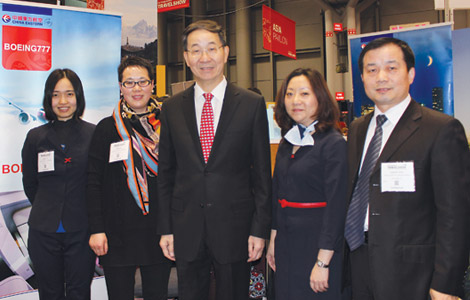
 China joins in NY Times' travel show
China joins in NY Times' travel show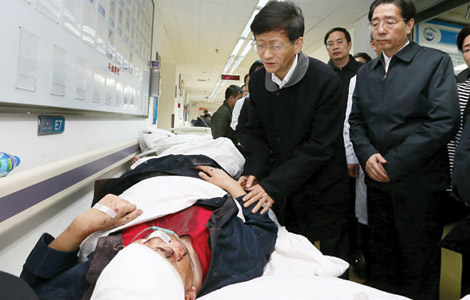
 UN envoy condemns terrorism
UN envoy condemns terrorism
 Rio drops protests for Carnival
Rio drops protests for Carnival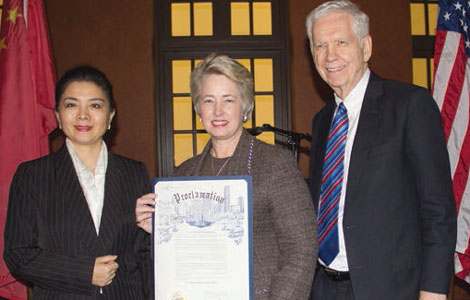
 Houston-China bonds deepen with new group
Houston-China bonds deepen with new group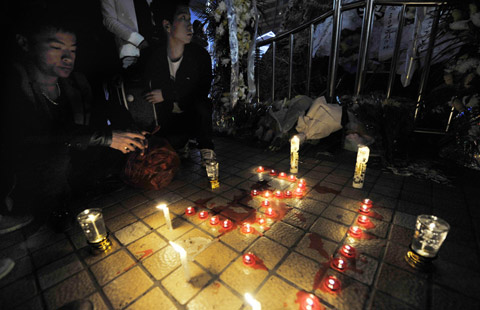
 Citizens mourn victims of Kunming terror attack
Citizens mourn victims of Kunming terror attack
 Putin justifies potential military move in Ukraine
Putin justifies potential military move in Ukraine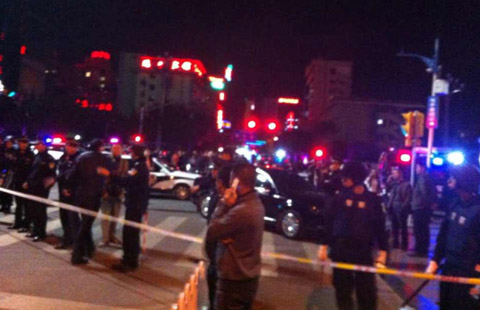
 Photos: Kunming rail station violence
Photos: Kunming rail station violence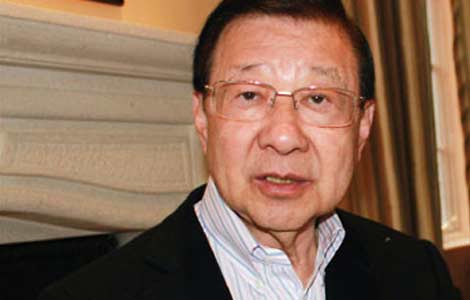
 Successful businessman gives back to the community
Successful businessman gives back to the community
Most Viewed
Editor's Picks

|

|

|

|
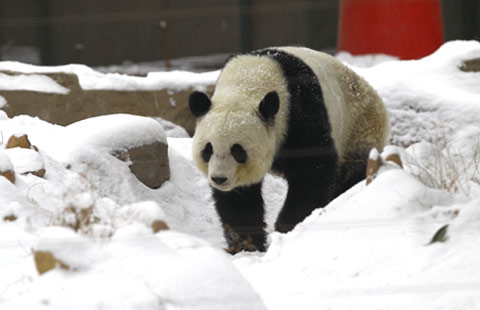
|

|
Today's Top News
Terrorist group in Kunming attack busted
First Lady to visit China in March
2014 the year of the Chinese IPO?
China making progress on fighting pollution: experts
Michigan benefits from long-sighted ties building with Chinese
Detroit toasts all time high in China trade
China to severely punish terrorist attackers
Ukraine mobilizes after Putin's move
US Weekly

|

|


